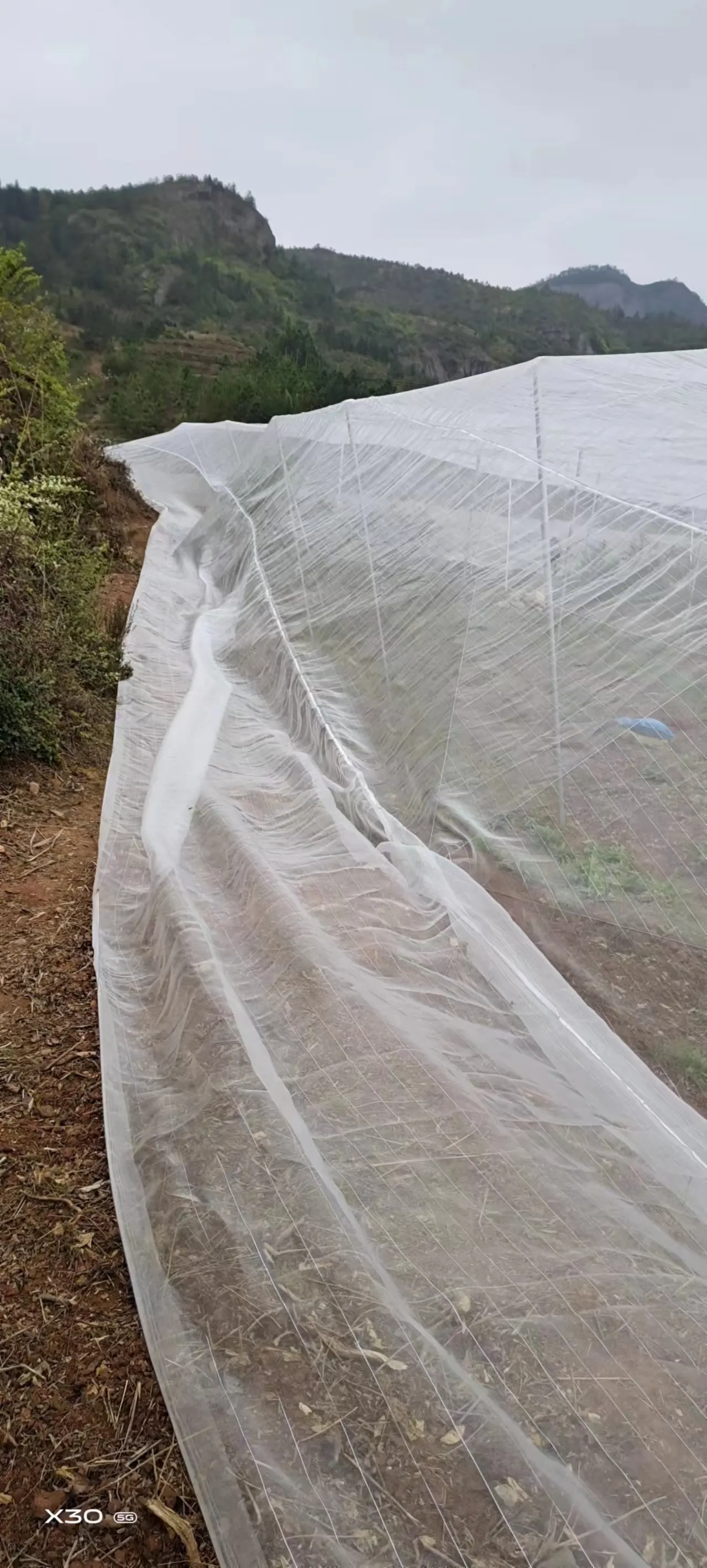-
 Afrikaans
Afrikaans -
 Albanian
Albanian -
 Amharic
Amharic -
 Arabic
Arabic -
 Armenian
Armenian -
 Azerbaijani
Azerbaijani -
 Basque
Basque -
 Belarusian
Belarusian -
 Bengali
Bengali -
 Bosnian
Bosnian -
 Bulgarian
Bulgarian -
 Catalan
Catalan -
 Cebuano
Cebuano -
 China
China -
 Corsican
Corsican -
 Croatian
Croatian -
 Czech
Czech -
 Danish
Danish -
 Dutch
Dutch -
 English
English -
 Esperanto
Esperanto -
 Estonian
Estonian -
 Finnish
Finnish -
 French
French -
 Frisian
Frisian -
 Galician
Galician -
 Georgian
Georgian -
 German
German -
 Greek
Greek -
 Gujarati
Gujarati -
 Haitian Creole
Haitian Creole -
 hausa
hausa -
 hawaiian
hawaiian -
 Hebrew
Hebrew -
 Hindi
Hindi -
 Miao
Miao -
 Hungarian
Hungarian -
 Icelandic
Icelandic -
 igbo
igbo -
 Indonesian
Indonesian -
 irish
irish -
 Italian
Italian -
 Japanese
Japanese -
 Javanese
Javanese -
 Kannada
Kannada -
 kazakh
kazakh -
 Khmer
Khmer -
 Rwandese
Rwandese -
 Korean
Korean -
 Kurdish
Kurdish -
 Kyrgyz
Kyrgyz -
 Lao
Lao -
 Latin
Latin -
 Latvian
Latvian -
 Lithuanian
Lithuanian -
 Luxembourgish
Luxembourgish -
 Macedonian
Macedonian -
 Malgashi
Malgashi -
 Malay
Malay -
 Malayalam
Malayalam -
 Maltese
Maltese -
 Maori
Maori -
 Marathi
Marathi -
 Mongolian
Mongolian -
 Myanmar
Myanmar -
 Nepali
Nepali -
 Norwegian
Norwegian -
 Norwegian
Norwegian -
 Occitan
Occitan -
 Pashto
Pashto -
 Persian
Persian -
 Polish
Polish -
 Portuguese
Portuguese -
 Punjabi
Punjabi -
 Romanian
Romanian -
 Russian
Russian -
 Samoan
Samoan -
 Scottish Gaelic
Scottish Gaelic -
 Serbian
Serbian -
 Sesotho
Sesotho -
 Shona
Shona -
 Sindhi
Sindhi -
 Sinhala
Sinhala -
 Slovak
Slovak -
 Slovenian
Slovenian -
 Somali
Somali -
 Spanish
Spanish -
 Sundanese
Sundanese -
 Swahili
Swahili -
 Swedish
Swedish -
 Tagalog
Tagalog -
 Tajik
Tajik -
 Tamil
Tamil -
 Tatar
Tatar -
 Telugu
Telugu -
 Thai
Thai -
 Turkish
Turkish -
 Turkmen
Turkmen -
 Ukrainian
Ukrainian -
 Urdu
Urdu -
 Uighur
Uighur -
 Uzbek
Uzbek -
 Vietnamese
Vietnamese -
 Welsh
Welsh -
 Bantu
Bantu -
 Yiddish
Yiddish -
 Yoruba
Yoruba -
 Zulu
Zulu
Safety Nets in Building Construction for Enhanced Worker Protection and Risk Management
Safety Net Building Construction Ensuring Worker Protection
In the realm of construction, safety remains paramount. One of the most significant advancements in ensuring worker safety is the implementation of safety nets during building construction. These nets serve as a critical component in accident prevention strategies, designed to protect workers from falls – one of the leading causes of injury and fatalities in the construction industry.
Safety nets are typically made from durable materials such as synthetic fibers that can withstand significant loads. They are strategically installed at various heights to catch falls, preventing workers from hitting the ground or other hazardous surfaces. Their importance cannot be overstated, as falls account for a substantial percentage of workplace injuries, particularly in construction sites where elevations and scaffolding are commonplace.
Safety Net Building Construction Ensuring Worker Protection
Not only do safety nets provide physical protection, but they also foster a safety culture within the construction workforce. When workers see that their employers prioritize their safety by implementing such measures, it boosts morale and encourages a proactive approach to workplace safety. Workers are more likely to adhere to safety protocols and report hazards when they feel protected and valued.
safety net building construction

Furthermore, the effectiveness of safety nets relies on proper installation and maintenance. Workers trained in rigging and safety netting must oversee the installation process to ensure adherence to industry standards and regulations. Regular inspections of the nets are necessary to look for signs of wear and tear or other potential failures. Effective communication regarding the condition and maintenance of safety nets is crucial in preventing accidents.
In addition to enhancing worker safety, the use of safety nets can lead to increased productivity. When workers feel secure, they can focus more on their tasks rather than worrying about the risks associated with working at heights. This increased focus can translate into higher efficiency and quality of work, benefiting the overall project timeline and budget.
Employers are also encouraged to provide comprehensive training programs for their workers. These programs should include education on the proper use of safety nets, as well as general fall prevention strategies. Understanding how to work safely at heights and recognizing the importance of safety equipment can significantly reduce the risk of accidents.
Moreover, regulatory bodies often mandate the use of safety nets in construction, ensuring compliance with safety standards. This regulation highlights the responsibility of employers to provide a safe working environment. Failure to comply can result in severe legal consequences, financial losses, and reputational damage.
In conclusion, safety nets are an indispensable part of building construction that plays a crucial role in protecting workers from falls. By prioritizing the installation and maintenance of these nets, employers not only comply with safety standards but also contribute to a culture of safety that enhances productivity and worker morale. As the construction industry continues to evolve, the emphasis on worker safety through innovative solutions like safety nets will remain a critical focus, ensuring that every worker can return home safely at the end of the day.
-
Shipping Plastic Bags for Every NeedNewsJul.24,2025
-
Safety Netting: Your Shield in ConstructionNewsJul.24,2025
-
Plastic Mesh Netting for Everyday UseNewsJul.24,2025
-
Nylon Netting for Every UseNewsJul.24,2025
-
Mesh Breeder Box for Fish TanksNewsJul.24,2025
-
Expanded Steel Mesh Offers Durable VersatilityNewsJul.24,2025











